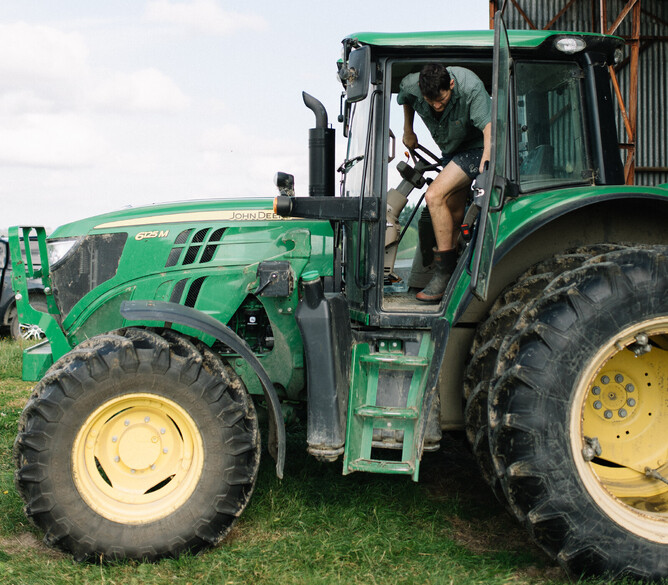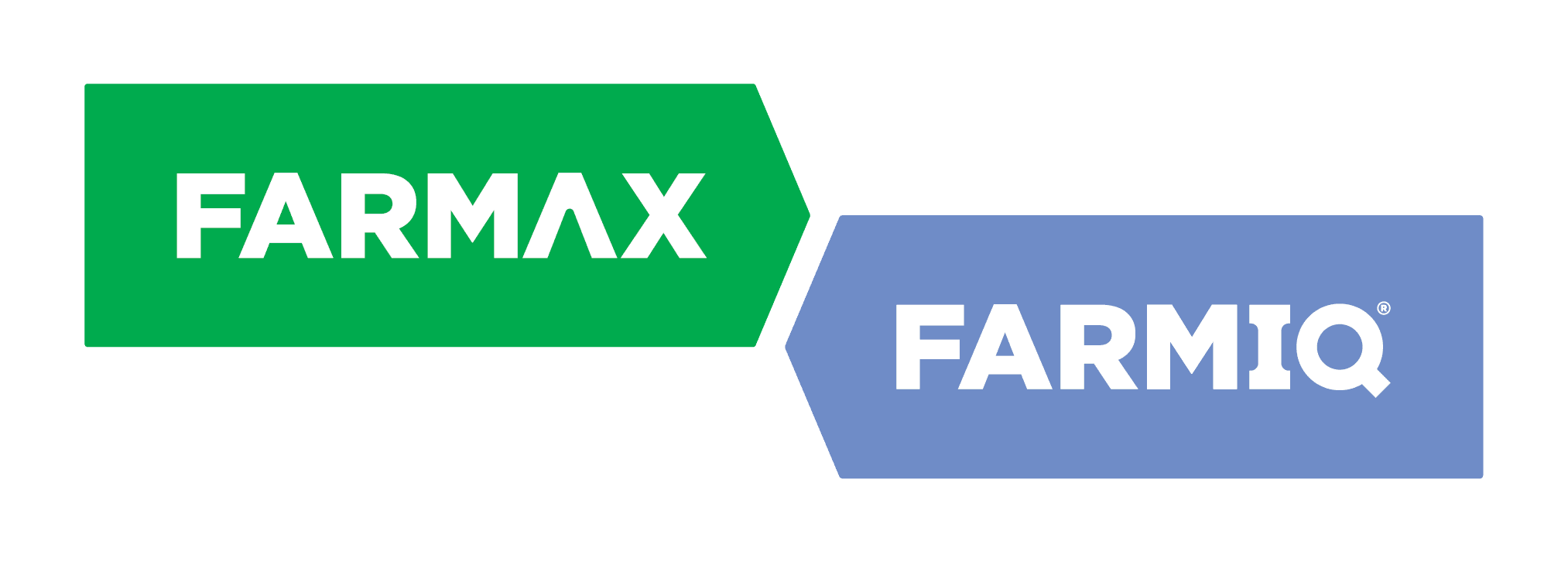Head of Sales and Marketing, Russell MacKay, has a fifth-generation family sheep and beef farm near Queenstown. Here's his farming update for autumn.
As I look out the window, I can see the tips of the willow trees starting to get a gold tinge. The days are still mild, but the nights have a bite to them. Pigs are coming off the hill to rip up soft tracks. Great big V's of ducks are following the river. Autumn is upon us. Farmers are taking stock of how summer went, and how the early stage of autumn is shaping up. One part of my job that I enjoy is flying around to different events and to the office in Wellington, meaning that I get a good bird's eye view of the country. Here are the basic observations, starting in the south.
Due to waterlogged soils at the end of spring, the long period of dry in summer took a while to take its toll in Southland. Sure, things started to get dry, but before things got desperate, rain came. Central Otago, by and large, have had a good season. Canterbury has been a real mixed bag: areas that got smoked by drought last year, e.g. Kurow, have had a great season, while North Canterbury was doing ok (we had store lambs sold in Southland trucked up to Amberly to be finished, a bit backwards!), but things are dry there now, the same as in Tasman/Marlborough.
Most of the North Island has had a tough summer, in particular central and western parts. A lot of dairy farmers have resorted to once-a-day milking in an effort to keep the girls going. Northland, Waikato, Wairarapa, Manawatu and Taranaki were the worst by my eye. The East Coast of the North Island has had a cracker of a season, with warmth and moisture in good supply, but nothing like that of Cyclone Gabrielle. I was talking to a farmer who said that he finally replaced the last fence that was taken out by the cyclone two years ago. It is awesome to see this region getting productive again, as it has been a long hard slog for them, and I take my hat off to those who stuck it out, but in the same breath I cast zero judgement on those who thought 'bugger it, I've had enough,' and gave the real estate agent a call.
Financially, dairy farmers are feeling chirpy. Although farm working expenses are up, so is the payout (although $10 is now the new $8). At 10 bucks, dairy farmers with the infrastructure have been able to justify buying in supplementary feed. Lamb prices on the hook have been healthier and quite consistent. In parts of the country, the store market has been out-the-gate crazy high. A farmer I was talking to in Hawkes Bay said it was cheaper for him to buy in steers from the South Island than from saleyards down the road. Store lambs have been bought by a finisher and then sold to the works for pretty much the same price because they are trying to fulfil contract quotas.
Interest rates have been another good reprieve for farmers with the OCR having some healthy cuts and many loans coming off their fixed rate. It will be interesting to see what comes of the inquiry into rural banking. There has been a lot of talk lately of banks being able to offer cheaper rates to farmers who can prove they are meeting certain environmental tick boxes. Perhaps it was worth calling the bank manager and asking if there is something in it for you?
As always, there is a heap of noise in the media about all things politics in and around agriculture. Right tree right place, emissions and the Paris agreement, freshwater reforms, trade and tariffs, fish and game vs fed farmers etc. It is easy to get worked up about it all, regardless on your position on the above subject. At the end of the day, we are all farming because we love it. I choose to focus on that subject the most.

